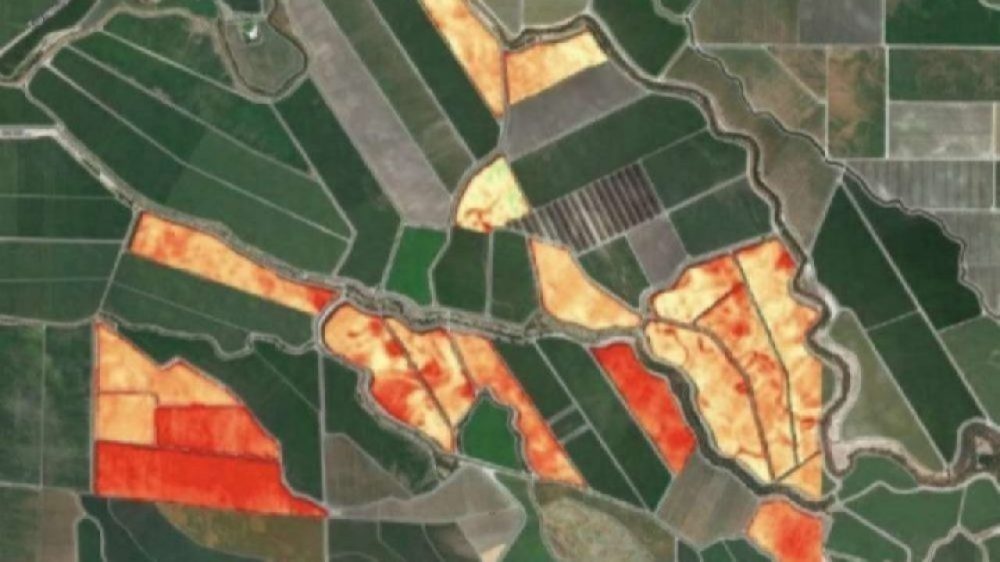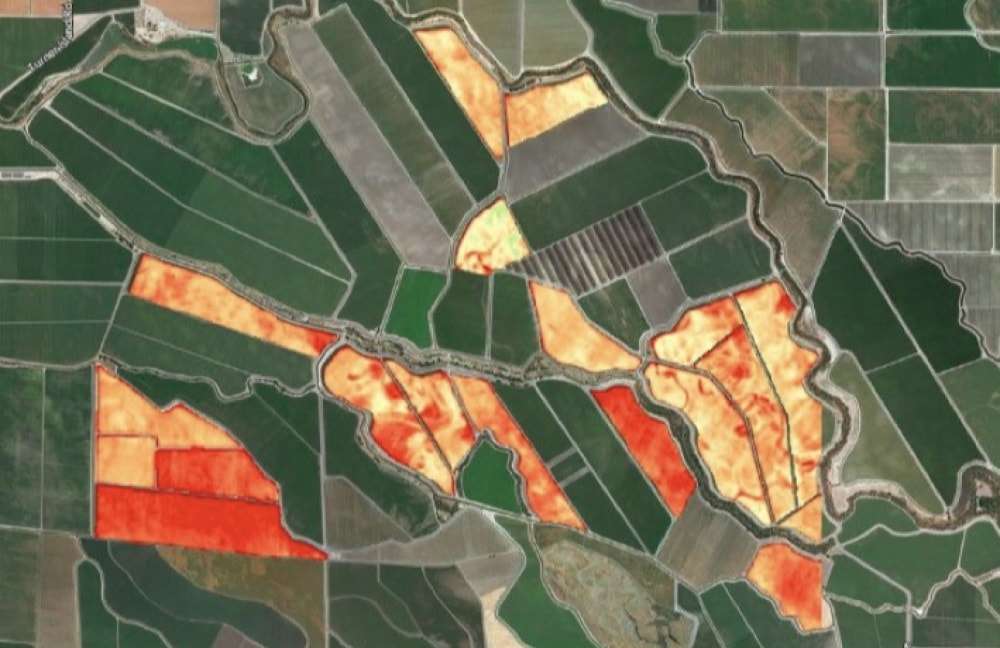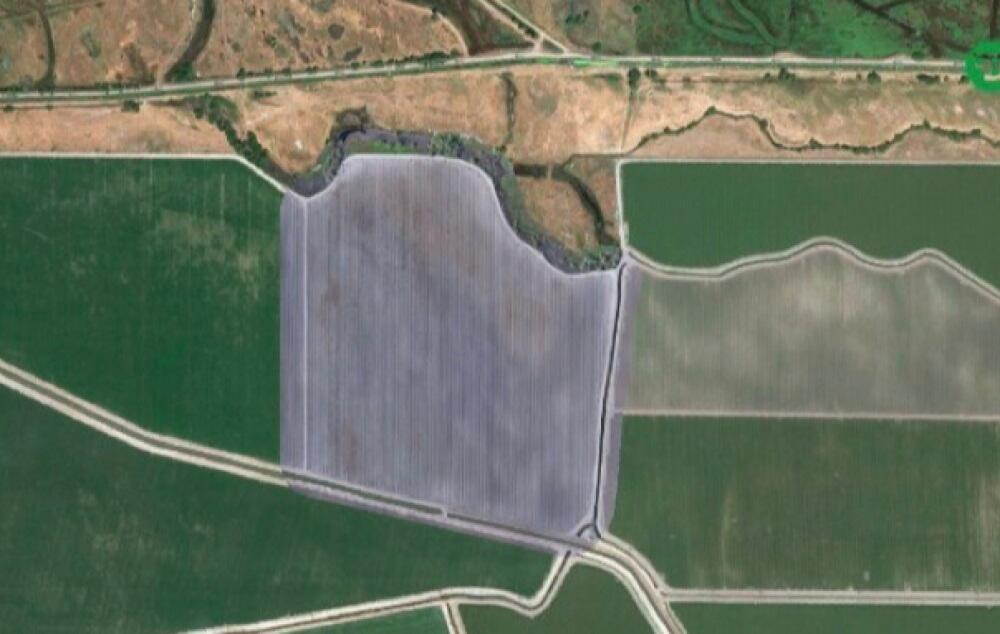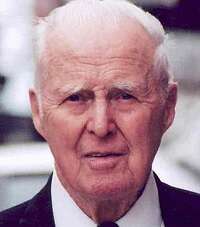Precision Agriculture Could Start Second Green Revolution
Article By : George Leopold

Growers are up against it these days. Milk prices have cratered for dairy operations, corn and soybean farmers are being squeezed by Trump's trade war with China. What to do? Software is the "new fertilizer," proponents claim.
Growers, or what we city kids used to call “farmers,” are up against it these days. Milk prices have cratered for dairy operations, corn and soybean farmers are being squeezed by Trump’s trade war with China. Meanwhile, many of the whizzy agricultural technologies like drones used to create digital maps of tillable land that might pay for themselves in a few years are not exactly catching on as the marketing departments of ag tech companies would have us believe.
What does seem to be gaining traction are relatively inexpensive software tools running on what amounts to a Farm Cloud that can increase yields while lowering operating costs. The tools are part of what venture capitalists like Andreessen Horowitz (known for the tagline: “Software is eating the world”) insist is a shift toward “data-driven” precision agriculture. Promoters also see the transition to carefully calibrated use of fertilizers and pesticides along with high-yield seeds as an extension of the Green Revolution launched in the middle of the 20th century.
Second Green Revolution
Indeed, we may be on the threshold of the Second Green Revolution. Crops are being sewn and fertilized using fancy new tractors with cabs that resemble cockpits, gathering and wirelessly transferring field data collected by a myriad of sensors that can be used to maximize yields during the growing season while planning next year’s crop.
Among the biggest innovations of the last five years has been the introduction of cloud-based platforms that use steadily improving broadband connections to collect and organize field data swept up by sensors.
“Farming is really a team sport,” said Jeremy Leifker, who oversees John Deere’s Operations Center, which currently connects a growing ecosystem of more 100 software tools. Farmers work with equipment dealers, agronomists, county agricultural agents and, now, software vendors to boost yields while operating sustainably.
As rural connectivity has improved, John Deere rolled out the Operations Center as an open platform about five years ago as a hub for transferring field data to a central repository where it can be organized, managed and shared to fine tune operations and boost yields.
The return on investment, Leifker said, is collaborating with growers to make better upfront decisions about planting that can make or break a farm operation.

More farmers relying on analysis of field surveys like this image to gauge how best to boost yields while reducing the cost of fertilizers, pesticides and irrigation. Hence, precision agriculture proponents assert, “Software is feeding the world.” (Source: the Association of Unmanned Vehicles Systems)
The amount of field data handled by the ag hub is growing exponentially. Leifker estimates the Operations Center is currently pulling in as much as 15 million field-sensors input per second. The rollout of 5G wireless technology with its IoT capabilities could provide real-time data capture to help make better decisions.
Growers connect with the ops center via web-based interfaces or iOS and Android devices in the field. Still, Leifker noted, connectivity remains an issue.
As the broadband pipe widens, new tools are also entering the mainstream for gauging field and crop moisture along with pest management approaches that address the estimated $80 billion spent each year on pesticides. Field scouting data can help farmers decide the best time to plant, fertilize, irrigate and harvest.
'Software feeding the world'
Emerging software tools focused on more precise application of pesticides are part of broader decades-old movement called “integrated pest management.” The approach seeks to replace the traditional broadcasting of pesticides with targeted application of weed and pest killers, bringing with it the double advantage of polluting less and saving a few bucks.
“Pesticides are good because they kill things and pesticides are bad because they kill things,” says Liron Brish of the aptly named ag tech software startup Farm Dog.
Farm Dog is working with big farm equipment dealers like John Deere to collect the field data accumulated each day and until now stored in a farmer’s head. The startup’s software then organizes and manages data that is used to determine where, when and how much pesticide a field needs to reduce crop losses that still run as high as 40% despite widespread use of pesticides and herbicides.
The overuse of agricultural pesticides is akin to the over-prescription of antibiotics in humans, Brish notes. Nature is efficient in producing new pests that eventually resist whatever chemicals growers and the pesticide industry can spray on them.
Further afield, a growing list of well-heeled startups and established companies are concentrating on areas like soil and plant analysis. The former takes the old gardening saying about “feeding the soil, not the plant” a step further while the latter is designed to help planters gauge crop moisture content. For dairy farmers, notes Dror Sharon, CEO and co-founder of molecular sensor developer Consumer Physics, the less water in sileage fed to dairy cattle, the higher the milk quality.
Hence, Consumer Physics is working with Analog Devices Inc. to scale production of its SCiO near-infrared spectrometer. Sharon notes that feed accounts for as much as 60% of a dairy farmer’s costs. Among other scenarios, the pocket spectrometer can be used to determine the moisture content of sileage. That, Sharon argues, can help reduce spending for expensive feed additives while yielding higher milk quality in a cutthroat market where dairy farmers are looking to diversify in order to survive.

Growers are embracing new software tools to gauge metrics like soil moisture and—in the long run—how to transition to sustainable agriculture operations. (Source: the Association of Unmanned Vehicles Systems)
Precision application of fertilizers
As the number of tools for gauging metrics like soil and crop moisture grows, other startups are focusing on the precision application of fertilizers. Tech investors like Andreessen Horowitz note the long-term costs of the first Green Revolution, most notably the overuse of chemical fertilizers. For example, algae blooms that kill marine life are linked to runoff from nitrogen fertilizer. According to some estimates, Chinese farmers are using several times more nitrogen fertilizer per hectare than their American counterparts but producing about 30% less.
That has prompted Chinese software vendors to jump into the precision agriculture market with new tools designed cut farmers’ overdependence on pesticides. For example, Chinese AI leader Baidu is pitching “Intelligence Edge” software deployed on agricultural drones to analyze crop spectral data collected by infrared cameras. Baidu claims its approach can spot infestations, precisely apply pesticides, cut pesticide use by as much as half and boost yields.
All well and good, but embattled growers are looking for simple solutions with a quick return on the investment. “If you ask growers to add a new process” to an already labor-intensive job, “Good luck!” says Brish, who started out pitching soil moisture sensors and quickly discovered he was trying the patience and pocketbooks of growers.
Hence, Farm Dog pivoted to pest and disease management software used to “scout” crops and help growers make smarter decisions about when, where and how much pesticide to apply.
The collection and analysis field data has transformed traditional equipment makers like John Deere into data management clearinghouses for a growing list of software tools, Farm Dog’s field scouting tool among them. Once data is transferred, John Deere touts the online service as a way for farmers to view operations in real time and glean insights into how to improve operations — most notably spending less money to boost yields. The goal is getting a handle on all the variables associated with agriculture “by understanding yield data over space and time,” Leifker explains.
Ultimately, these and other tools are transforming the way farms — mostly large or specialty crop operations — are being run. “Software is the new fertilizer,” asserts Sharon of Consumer Physics. Referring to the aphorism about software’s dietary habits, Sharon adds: “Software is not eating the world, it’s feeding the world.”
Proponents of precision agriculture insist that software tools continue to improve as vendors gain a better understanding of real-world farming operations and the inevitable fits and starts associated with integrating new technologies with traditional agricultural practices. For instance, Farm Dog said it has refined the way growers use its pest management tool by making it easier to come up with treatment recommendations based on field observations. Those recommendations can be sent in the form of commands via the John Deere Operations Center to field equipment like variable rate spray applicators.
Farm Dog’s Brish said its tool aims to eliminate the miscommunications common to the currently less-than-precise farming applications. The startup’s platform uses AI techniques to scan treatment history, crop specifics and local regulations (like the location of nearby organic farmers) to ensure that pesticides are precisely applied. “This integration removes communication hand-off costs and risk, ensuring that everybody responsible for keeping fields healthy is aligned in real-time,” Brish asserts.
Inexriable link between agricuture and energy usage
Another element of the Second Green Revolution is tackling the inextricable link between agriculture, energy usage and even climate change. Where the first Green Revolution provided a template for feeding a hungry world, the next great transformation of agriculture must also tackle related energy and environmental concerns as well as well as what sustainability researchers refer to “nutrition security.”
It turns out that prosperous countries mastering precision agriculture produce more than enough calories and protein to feed as many as 20 billion people, according to the U.S. Agency for International Development. (For proof, look no further than the epidemic of obesity and diabetes among rich nations, a public health problem that is spreading to the developing world.)
The Green Revolution taught humankind how to grow more food using less soil. Among the hurdles to ending hunger and improving nutrition are better distribution channels needed to feed humans plagued by poverty and war. “Helping these people is a question of access, not availability,” notes Gerald Nelson, a professor emeritus at the University of Illinois at Urbana-Champaign and a former research fellow at the International Food Policy Institute.
Hence, the emphasis must shift from “food security” to “nutrition security,” Wilson argues, with greater emphasis on increasing yields of high-nutrient staples like fruits, vegetables, nuts and beans.
Nelson and fellow researchers recently published a paper questioning whether, as Nelson puts it, the food we produce will “meet our nutritional needs.” The paper warns that current agricultural practices have led to what the researchers dub “calorie fundamentalism.”
“The post-World War II Green Revolution efforts to boost the productivity of staples such as wheat and rice have been so successful that we are now awash in carbohydrates,” Nelson wrote in a January opinion piece in the Washington Post.
It is unlikely the visionary and agronomist credited with launching the first Green Revolution, Norman Borlaug, could have foreseen the application of machine learning and other tools to his pioneering work. Those efforts included hybridization of cereals, beginning with wheat, that resulted in cross-bred varieties that tolerated drought, grew fast, resisted rust fungus and, ultimately, boosted yields.
“I wish I could have met Norman Borlaug, a Nobel Peace Prize laureate whose work in agriculture has greatly influenced my thinking,” Bill Gates recently tweeted.
It’s unclear whether a Second Green Revolution will solve our pressing global problems. But it does seem likely that the tools of precision agriculture can help raise living standards around the world. That alone is reason for hope.
“Extending mastery of farming to the rest of the world will make other nations prosperous too,” the self-described “dynamist” Gregg Easterbrook asserted in his 2018 book, It’s Better Than It Looks.
“The history of engineering is that once an idea can be described, implementation becomes a matter of ironing out the details and obtaining funding,” Easterbrook argues.
Indeed, there is plenty of cash flying around the emerging precision agriculture market. For example, chemical giant DowDupont acquired farm management software startup Granular in 2017 for $300 million.
According to Forbes, investors poured an estimated $2.6 billion into the sector during 2017, a 32% jump over the previous year.
But the big boys like Andreessen Horowitz aren’t the only funder of ag tech startups. Smaller non-profit outfits are also spreading “seed” money for agriculture, water and energy projects. Among them is Elemental Excelerator, an early-stage investor seeking to fill the gap “between pilot [projects] and commercialization.” Startup funding ranges from $100,000 to $1 million.
“To protect our planet, we must accelerate the deployment of technologies that deliver sustainable solutions quickly and at scale,” said CEO Dawn Lippert. “We’re looking for promising startups with talented founders and leadership teams to tackle the world’s most pressing agriculture and food challenges.”
